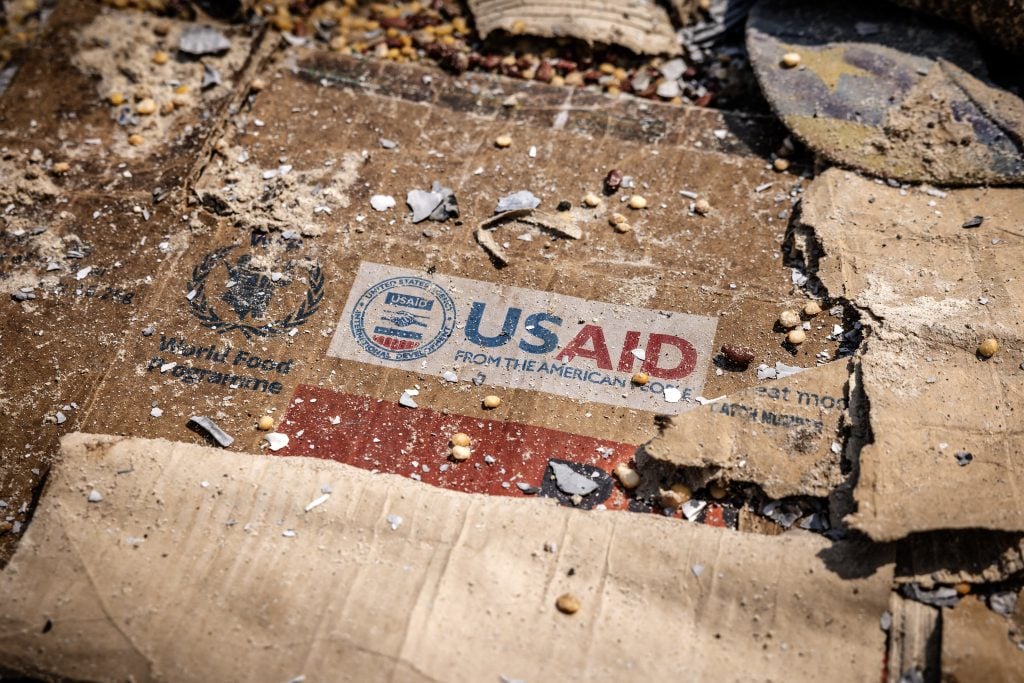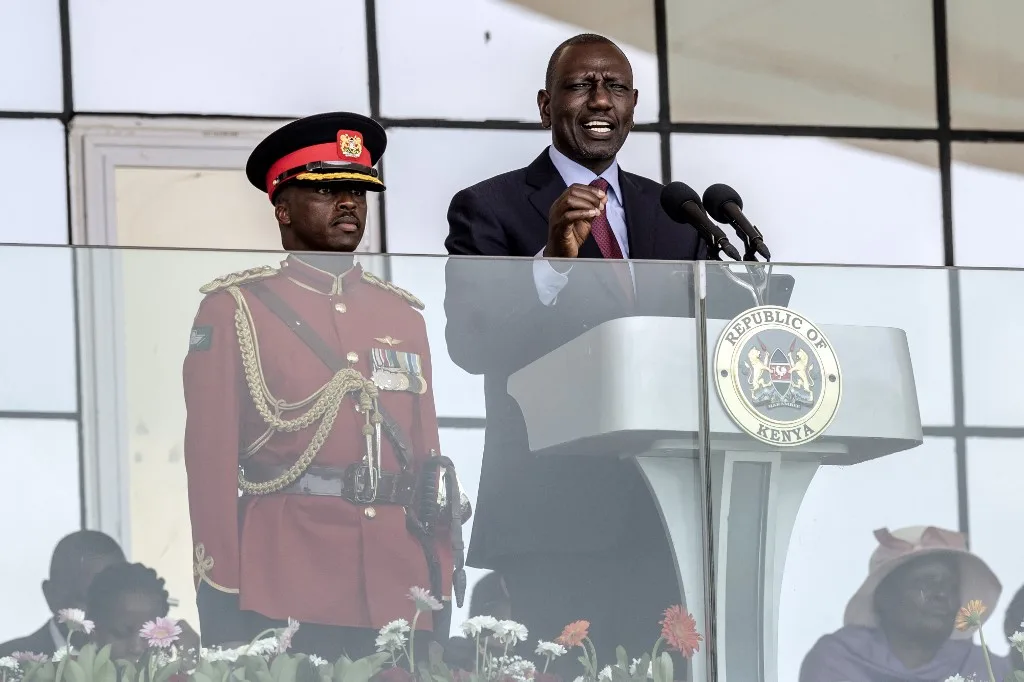
Launching his important book, Disruptions and Rhetoric in African Development Policy, at a conference held at the University of London’s School of Oriental and African Studies (SOAS), George Kararach drew on statistics to illustrate that African economies have registered impressive growth figures of well over 5% per annum over the last 20 years or so.
He refers to African Economic Outlook reports that make this point – and to slowing growth in, for example, 2012, 2016/2017 and 2020 which he attributes to “several headwinds such as commodity price and exchange rate volatilities, political and governance risks, difficulties in extracting demographic dividends, and re-emergence of debt problems driven by enhanced access to private capital markets and the Covid-19 pandemic”.
Those are some of the external “disruptions”. The “rhetoric” of the title has its effects, too: Kararach describes Africa as “a continent of mixed messages whereby a protracted sense of economic and social crisis sits side-by-side with optimism – a sense of Africa rising – in equal measure. This mixed messaging has begun to take its toll on international development cooperation…”
Then there are the underlying conditions. Kararach examines exclusion and social inequality; environmental degradation and climate change; natural resources and poor beneficiation; trade and aid; food insecurity; demography and migration; pandemics; conflict and criminality; and technology and innovation.
Data aplenty
I was fascinated by the book’s exposition of the economic results of these pressures. African economic growth is not the same across the continent.
Real gross domestic product (GDP) growth in Africa rebounded to 6.9% in 2021, after it contracted by 1.9% in 2020, due to the adverse impact of Covid-19.
In 2020, East Africa was the only region to have grown, by 1.8%. Other regions contracted: Central Africa by 0.4%; Southern Africa by 6%; North Africa by 1.5%; and West Africa by 0.6%. In 2021 East Africa was overtaken by North Africa, which grew by 11.7%.
However, growth in Africa decelerated to 3.8% in 2022, below previous forecasts and the result of a combination of domestic factors and external shocks such as conflict and insecurity, adverse climatic events, rising inflation, the marked weakening of the global economy and the tightening of global financial conditions.
The African Economic Outlook (AEO) reports that Kararach refers to are the work of the Organisation for Economic Co-operation and Development (OECD) and the Africa Development Bank (AfDB). Kararach is no doubt responsible for some of the AfDB’s contribution, since he serves as a lead economist at the AfDB Group.
What counts as growth?
However, these AEO reports rely heavily on GDP statistics and I find this reliance is somewhat problematic. As long ago as 1996 the United Nations Development Programme identified a number of types of undesirable GDP growth.
These included jobless growth, in which an economy grows but without a rise in employment; voiceless growth, when an apparently strong economy exists in an authoritarian, undemocratic country; ruthless growth, where conspicuous consumption and inequality are rampant; rootless growth, which underscores the socially and culturally destructive effects of, for instance, rampant industrialisation and economic globalisation; and futureless growth, indicating a relentless consumption of natural resources.
On the subject of “futureless growth” Kararach does address the disruptive effects of natural resource finds, environmental degradation and climate change. There is some disquiet over whether a new rush for lithium and other metals required for battery manufacturing required for electric vehicles might herald a new round of the “resource curse”. That curse is defined by one World Bank paper as the observation that “resource-abundant countries tend to grow slower than their resource-poor counterparts” (and it is contested).
There is, however, a growing trend for African countries to introduce legislation banning the selling abroad of raw resources, demanding domestic “beneficiation” before export – as for example when Zimbabwe banned export of unprocessed lithium ore in 2022. Oddly, this book makes no reference to the discovery of huge lithium deposits in Africa, nor of many African countries learned the lessons of how the West has exploited previous mineral finds.
An enthralling read, too
Kararach has authored a book of extraordinary depth and analysis. The result is an invaluable reference work. Within the text, Kararach provides multiple links to other scholarly sources from which he draws his conclusions. And this is also a book that can be read from front to back cover – the narrative is that enthralling.
The most impressive section relates to the “disruption” of the book’s title. In a chapter that deals with social discontent as a search for development, Kararach writes of social movements and protests in Africa with “a short, yet diverse, history”.
In the African context, he argues, one can trace protests to more than a century ago. Most scholars today start with an analysis of colonialism.
He writes: “The earliest social movements were anti-colonial such as the Mandinka resistance led by Samora Toure in Mali, the Maji Maji rebellion in German East Africa (Tanzania), and the Lamogi rebellion of 1911 against the British in Uganda.”
Sankara’s disruption
Unsurprisingly, apartheid and the struggle for social justice in South Africa are important elements of Kararach’s study of the major social movements that have shaped Africa’s development over the last century.
He also finds the space to discus Ethiopia’s civil war of the late 1970s; Rwanda’s post-genocide “turnaround”; and one of the most celebrated examples of disruption and social renewal in Africa – that of Burkina Faso after the takeover by Thomas Sankara in 1983.
The Sankara example, it might be argued, is highly relevant given the recent coup experienced in the country and region, and is especially poignant given his assassination in 1987 – but what was achieved in his short presidency is notable. It is well known that he disposed of the government’s fleet of Mercedes Benz luxury cars and purchased small Renault 4s for his ministers to use. Less well known is the range of reforms he introduced.
Kararach draws on the work of Guy Martin and of Mike Speirs which describes Sankara’s populist, revolutionary leadership. Living up to his name as “the Robin Hood of the Sahara”, Sankara fought corruption; introduced the management of public assets, infrastructure renewal and development; reviewed public sector pay, and reallocated public funds to critical spending such as a massive vaccination programme.
Future policy options
After summarising his new book at the SOAS conference, Kararach turned his attention to policy options to improve the future development of the continent. He argued that in the short term institutional and legal reforms to enhance coordination among state and social actors are desirable, as are initiating innovative asset classes to manage human and natural capital.
In the medium term, technical and human capacity, data and information facilities, as well as good governance structures, are required for sustained development management. In the long term we need the establishment of digitalised technologies with state-of-the-art equipment, and of regional, continental and global frameworks, which are essential for monitoring and combating challenges such as corruption and illegal trade.






Recent Comments